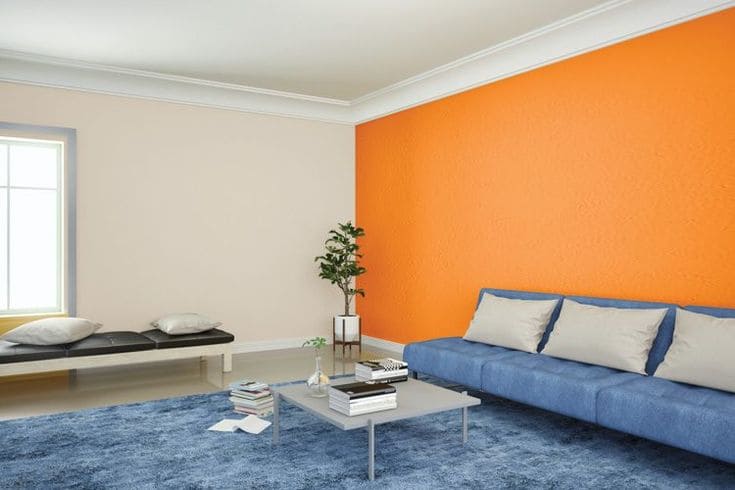Introduction
When it comes to home decor, the color of your hall can significantly impact the overall ambiance of your space. Choosing the right shade is crucial as it sets the tone for the rest of your home. Whether you’re looking to create a warm, inviting atmosphere or a modern, sleek look, the color you select can make a big difference. In this guide, we’ll explore some color secrets and provide you with tips on choosing shades that will truly make your hall pop.
1. Understanding Color Psychology
Before diving into specific colors, it’s important to understand how colors affect mood and perception. Different shades evoke different emotions and can transform the atmosphere of a room.
- Warm Colors: Shades like red, orange, and yellow can make a space feel cozy and energetic. These colors are great if you want to create a welcoming and vibrant environment.
- Cool Colors: Blues, greens, and purples have a calming effect and can make a hall feel more serene and spacious. They’re perfect for creating a relaxing entryway.
- Neutral Colors: Whites, grays, and beiges provide a versatile backdrop that can be easily paired with other colors. They are ideal for a classic look or if you want to emphasize other design elements.
2. Best Colors for Small Halls
If your hall is on the smaller side, choosing the right color can help make it feel more spacious.
- Soft Whites and Creams: These shades reflect light and can make a small hall appear larger and more open. They also serve as a great base for adding colorful accents.
- Pale Blues and Greens: Light, cool colors can give a sense of calm and openness, making them excellent choices for compact spaces.
- Light Grays: A soft gray can provide a sophisticated look while keeping the space feeling airy.
3. Best Colors for Large Halls
For larger halls, you have more flexibility in choosing colors that can either highlight or downplay the expansive space.
- Bold Colors: Deep blues, rich greens, and vibrant reds can add drama and depth to a large hall. These colors make a statement and can make the space feel cozier.
- Warm Neutrals: Shades like taupe or warm beige can create a welcoming atmosphere while complementing a spacious hall.
- Accent Walls: Consider using a bold color or pattern on one wall to add interest without overwhelming the entire space.
4. Trendy Color Choices
Keeping up with color trends can help your hall look fresh and stylish.
- Earthy Tones: Colors inspired by nature, such as terracotta, olive green, and deep browns, are currently popular for creating a grounded and organic feel.
- Pastels: Soft pastel shades, including mint green, lavender, and blush pink, can add a modern and light touch to your hall.
- Monochromatic Schemes: Using different shades of the same color can create a cohesive and sophisticated look.
5. Practical Tips for Choosing Your Hall Color
When selecting a color, consider these practical tips to ensure it works well with your space.
- Test Samples: Always test paint samples on your walls before making a final decision. Colors can look different in various lighting conditions.
- Consider Lighting: The amount of natural and artificial light in your hall will affect how colors appear. Be sure to observe how your chosen shades look throughout the day.
- Complement Existing Decor: Make sure the color you choose complements your existing furniture, flooring, and architectural features.
Conclusion
Choosing the right color for your hall can elevate the space and set the tone for your entire home. By understanding color psychology, considering the size of your hall, and keeping up with current trends, you can select shades that truly make your hall pop. Remember to test paint samples and consider practical aspects like lighting to ensure your choice enhances your space perfectly. With the right color, your hall will not only be eye-catching but also a true reflection of your personal style.


